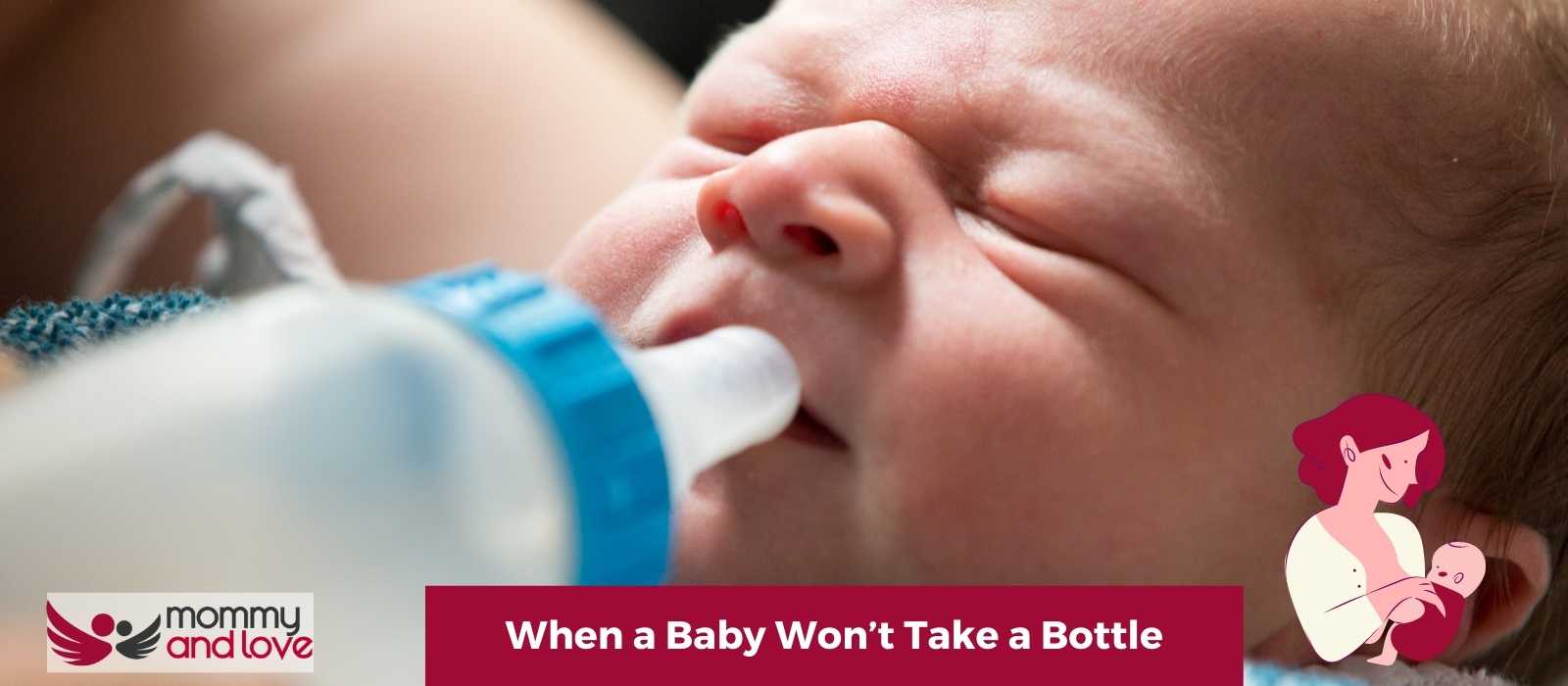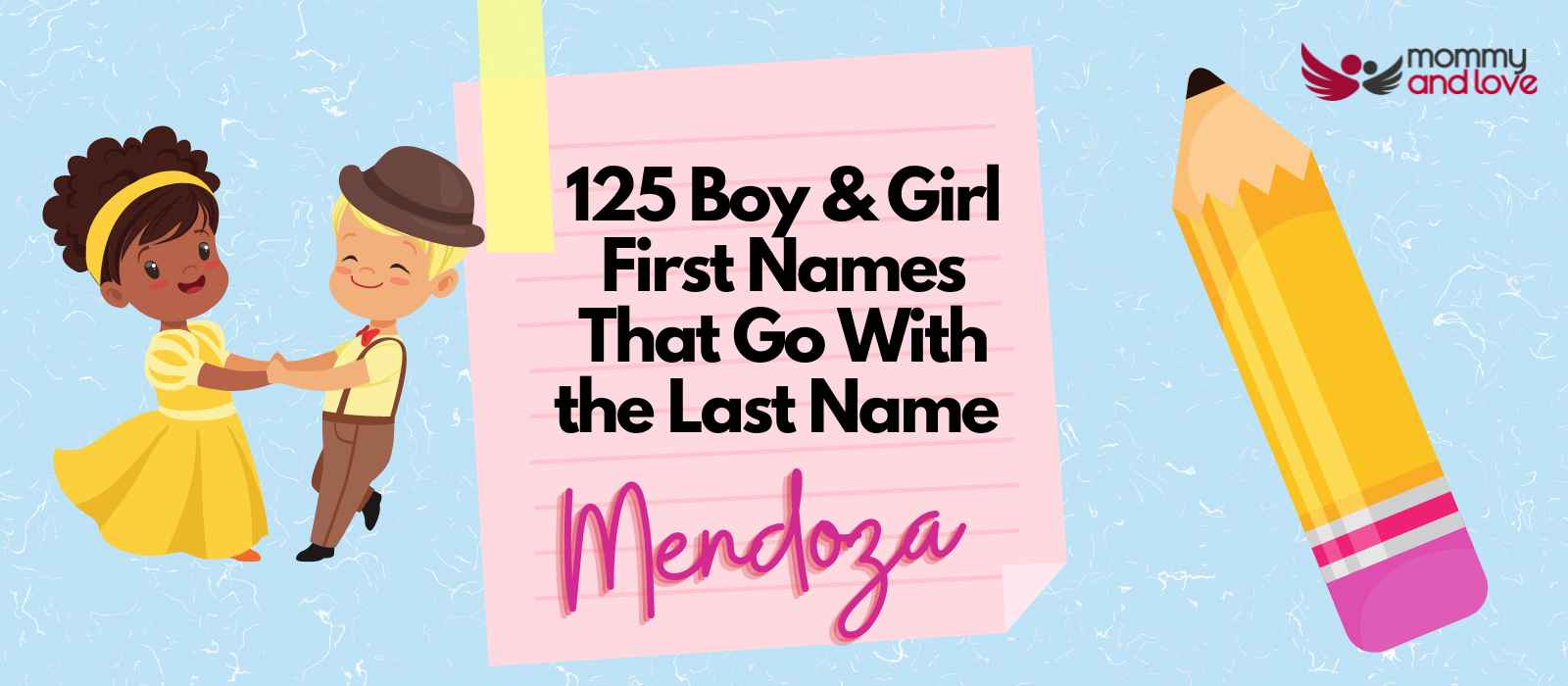Many mums find themselves in a situation where they need their baby to take milk from another source, it could be due to a hospital appointment with an overnight stay or it could be work commitments, whatever the need is, it can be stressful and full of worries. Not only is there the worry of leaving your little one in the care of another, but there is also the added worry and stress of “How are they going to eat?”
The iconography we see every day is of a baby and a bottle, when you have your baby you are told “introduce a bottle at 6-8 weeks postpartum” and you have many well-meaning friends and relatives not only encouraging the use of a bottle but also which bottle to use. There are lots on the market, a large proportion claim “closer than ever to mum’s breast” and so on.
There is however one issue with the scenario of introducing a bottle, it is a one size fits all method. Not all babies can transition to a bottle, not all babies like bottles, not all babies can transition back to a breast but this isn’t discussed because of the imagery we see every day regarding babies, they ‘all’ appear to be able to take a bottle.
This adds extra pressure and stress on a mum needing to leave her baby for an extended period of time and can result in being quite unhelpful. Instead of offering other avenues of feeding vessel people discuss which bottle is best, if you have limited funds, exploring bottles may not be a viable option, if you have a limited time in which to find an alternative feeding vessel bottle exploration is also out of the question. As no alternative to a bottle has been discussed, nor explored the mum could well be feeling even more pressure and stress to get her baby to take the bottle she has to settle on, this could result in mum forcing the bottle teat into her babies mouth, that in turn could result in trauma to the child’s mouth.
A baby uses their mouth to explore their world, it is full of nerve endings and has heightened sensitivity, it’s one of the reasons babies bring everything they grab to their mouth, they are exploring it with the very best testing and tasting device. Although a mum may not see any physical trauma to the mouth from the bottle of a teat, it could still be there and this could potentially lead to problems later on, in some cases food aversion in others, a reluctance to use their mouth to explore their world.
It is so important to not force a baby to take into their mouth an object foreign to them which they have no control over like to bottle, a dummy, a finger or a spoon. It is best to wait for the baby to open their mouth in a responsive manner to which the baby is agreeing to accept the foreign object.
The last thing an already stressed mum wants is to upset her baby, so with that here are some alternatives to bottles:
Feeding cup
A feeding cup is a small open plastic cup, slightly angled and with a lip, this encourages baby to mimic milking a breast much easier than the teat of a bottle. A baby uses roughly 17 or so facial muscles to extract milk from a breast, the cup encourages this same reflex and the use and stimulus of the same facial muscles. A bottle only requires 3 facial muscles to extract the milk. Feeding cups can be used from birth with reports of little interruption to breastfeeding.
Spoon
A spoon behaves much like the cup, it’s not very well suited to older babies due to a spoon only holding small quantities. That doesn’t outlaw the spoon for older babies though as every baby is different.
Syringe
You can use a syringe for medicine. this method can get milk into a baby quickly if struggling, it can also be gently lapped at by the baby. It can be a very useful tool for some mum’s and babies.
The Lid of a Feeding Bottle
Used in the same way as a feeding cup if a feeding cup isn’t available. If you have a bottle lid that can’t be placed on a flat surface, a narrow cup/glass or toilet roll can provide the perfect docking station.
A Bowl
A small bowl can also be used like a feeding cup, as can a Doidy cup (which looks like a large version of a feeding cup, minus the lip but with handles) and a free flow beaker with lid removed if pre 4 months, it can be tried at 4 months with lid in place. Some babies however find a free flow cup too fast and they aren’t able to ‘milk’ is as they would a breast, cup or some types of bottle.
The main objective is mum and baby find a viable alternative to a breast and bottle that suits them and more importantly suits baby. Having access to a wider method for alternate feeds is less stressful for both mum and baby. It doesn’t have to be a bottle as the only alternative milk delivery system.

This article was written by Sandra Baker – full time writer and the mother of four amazing kids (including twins!)
She’s also a breastfeeding counselor and has spent years helping new parents learn how to care for their children. When she’s not writing or caring for her children, Sandra likes to spend time reading and taking walks with her husband.




